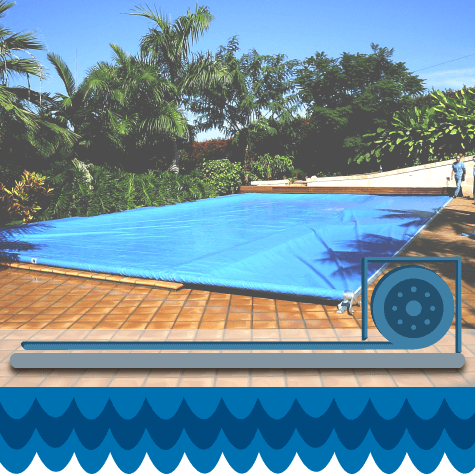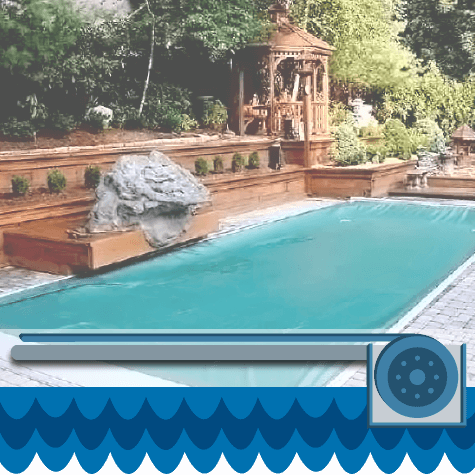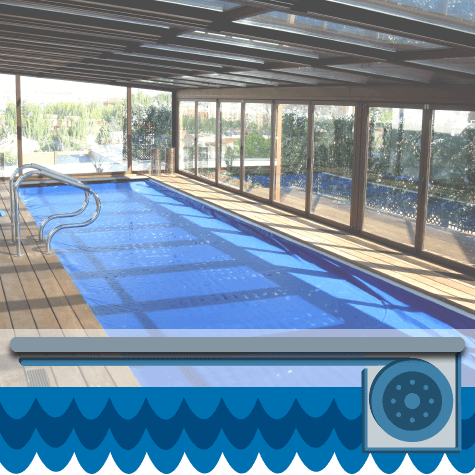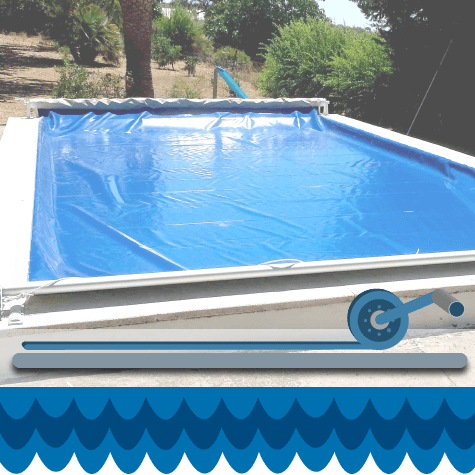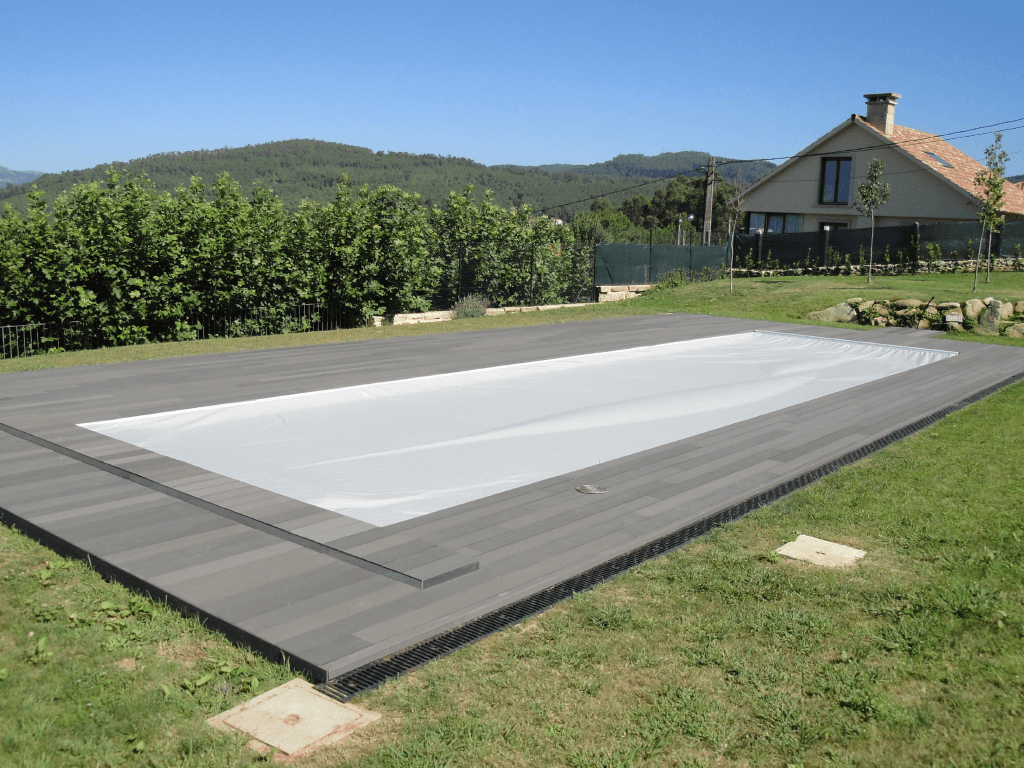When considering closing your pool, it’s very likely that your first choice is a slatted cover, which is indeed the most popular option in the market. However, compared to our Capcovers pool covers, slatted covers have more drawbacks than advantages.
The main reason why end customers and builders are unaware of these disadvantages is simply because our type of covers are less common, so people don’t usually compare the two systems. If you are reading this, it is possible that this is exactly why you’re here, so we will try to help you make a decision.
What is the difference between a slatted cover and a PVC cover?
The most notable DIFFERENCES between a Capcovers PVC cover and the typical slatted cover are two:
- Although both covers are automatic, only our covers close hermetically.
- Slatted covers slide directly on the water level. Our covers, do not.
How does this translate? To understand how it affects the maintenance of your pool, we will detail the advantages and disadvantages of each alternative.
Advantages of hermetic closure in the pool
There are several ADVANTAGES that a hermetic closure of your pool provides.
When it rains on a pool with a slatted cover, the water goes directly into the pool. This affects aspects such as the PH level or the water temperature, which in turn results in higher use of the heat pump, if used, and also reduces the chances of swimming if the water is too cold. On the other hand, if the water level keeps rising, the slatted cover can be damaged by the cover that shields the roller (if it is an embedded option).
None of these cases can occur with a Capcovers cover. The hermetic closure does not allow rainwater to enter the pool and the automatic bilge pump that all our covers are equipped with will evacuate the water independently. Other benefits include reducing heat loss by up to 70%, extending the bathing season, and keeping the water clean for longer.
Covers above the water level
Slatted covers slide over the water level. This may look more aesthetic, it’s true, but have you ever considered if it’s the best solution for you?
Depending on the shape of the pool, slatted covers may be an impossible option. In the common case of a rectangular pool with rounded corners, for example, the mechanism must be located in a forward position to allow the slat to come into contact with the water at the widest width.
In the hypothetical case of a leak, the slat can get damaged, as it is blocked by the side of the union beam (between the pool wall and the housing).
If we talk about maintenance, it’s not easier either. All the dirt on the slatted cover is also in direct contact with the water and, when opened, will fall inside. Cleaning it beforehand is also a difficult task, which results in more use of chemicals and work for the filter before the pool is ready to enjoy.
At Capcovers we have a cover for each pool, regardless of its size, shape or location. Its use prevents, on one hand, the growth of algae and microorganisms that turn the water green, and, on the other hand, the entry of dust, leaves and other elements that can be easily removed with a broom before collecting it, making the time dedicated to cleaning and tuning reduced to a minimum.
We hope that reading this article has helped clear up doubts and you are clear about the option you want for your home and your pool. If you need more comprehensive advice for your specific case, we are at your disposal. In the Contact page on our website, you will find everything you need to locate us. We are waiting for you.

